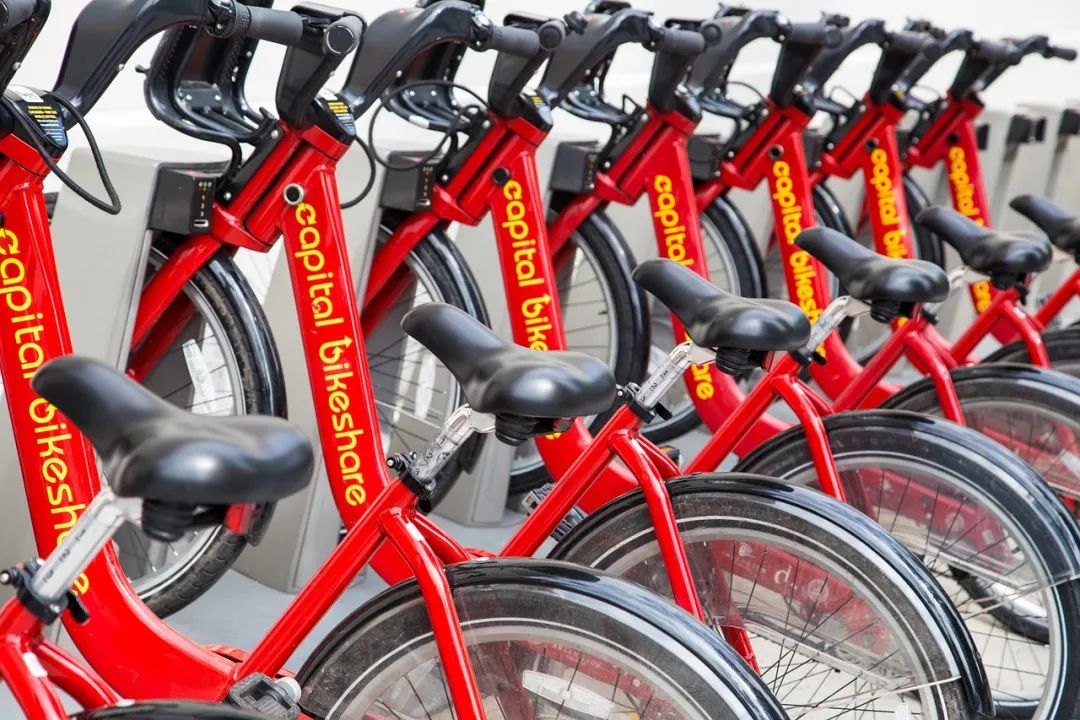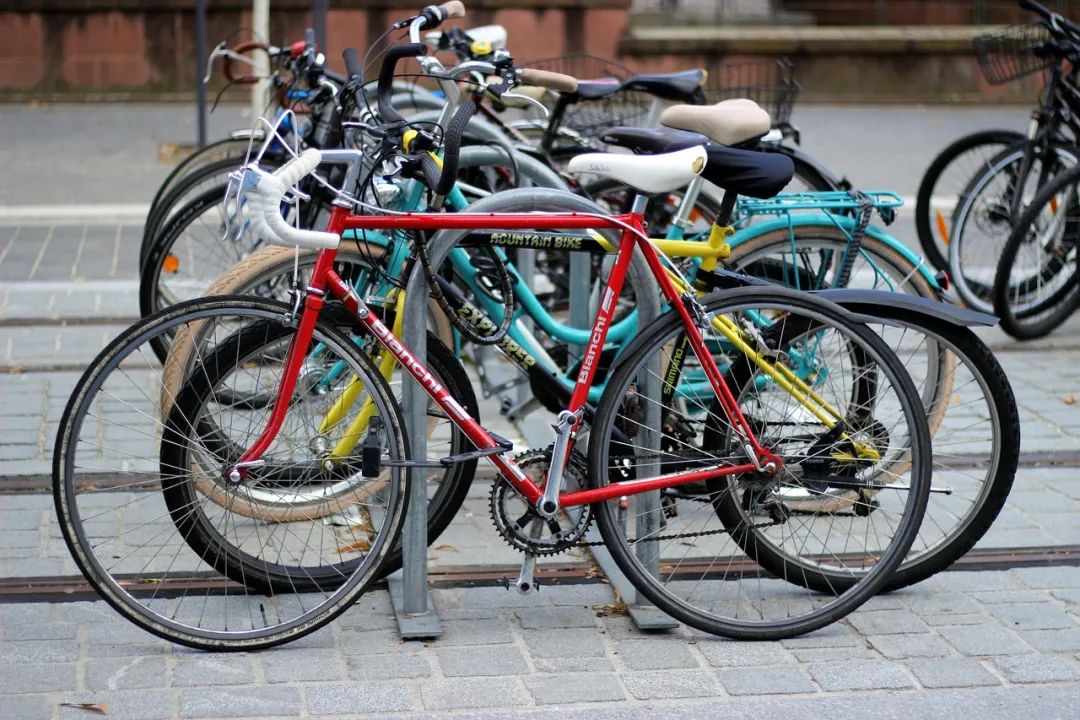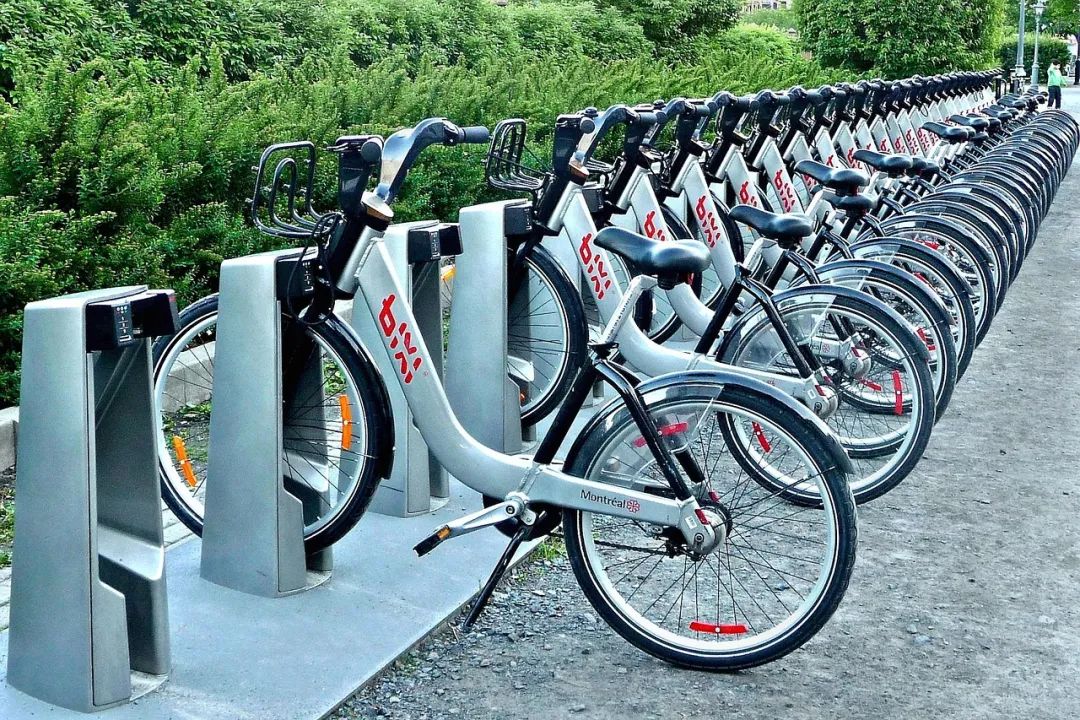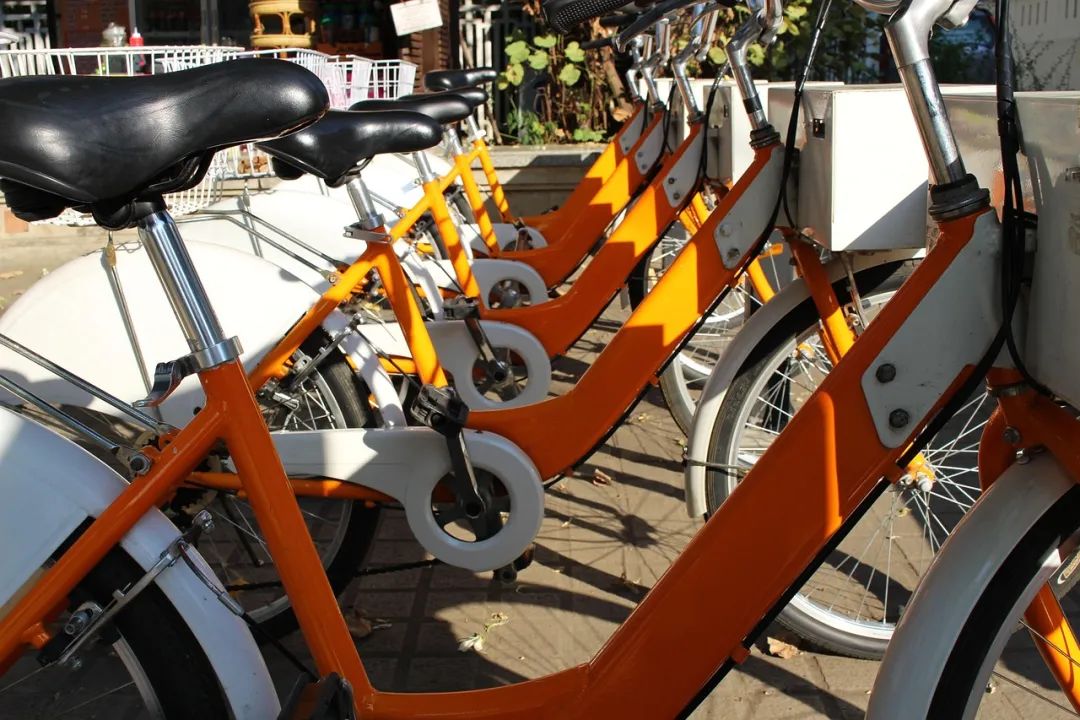The Demise of Public Bicycles: Who Really Outpaced Them?
![]() 06/30 2025
06/30 2025
![]() 805
805
When it comes to bicycles, every Chinese individual is undoubtedly familiar with them. As a globally renowned bicycle powerhouse, China has seamlessly integrated bicycles into daily life. However, the recent wave of news announcing the end of public bicycles has left many pondering: Were public bicycles outpaced by shared bicycles?

I. The End of Public Bicycles?
According to a report by China News Weekly, under the headline "Why did it stop?" following the suspension of public bicycles in Hexian County, Ma'anshan City, Anhui Province, some netizens left insightful comments.
Recently, news about the suspension of public bicycles in numerous locations has garnered widespread societal attention. Among them, the Hexian County Housing and Urban-Rural Construction Bureau announced the termination of public bicycle operations. Additionally, the Housing and Urban-Rural Construction and Transportation Bureau of Nanqiao District, Chuzhou City, Anhui Province, also declared that public bicycles in the district would cease operations on May 27th.
The phenomenon is not isolated to Anhui. Public bicycles have also been suspended in Shandong Province. The Dongying Public Transport Group stated that Dongying's public bicycles, which have been in the market since 2015 and accompanied citizens for up to 10 years, will cease operations from June 30th this year due to reaching the end of their service life. Concurrently, the Yantai Municipal Maintenance Center also officially launched a project to dismantle public bicycle service facilities in the urban area this April.
In November 2017, Wuhan, the first prefecture-level city in China to implement free public bicycles citywide, issued a suspension announcement. From its full-scale launch to its withdrawal from the market, the operating cycle was less than 10 years, garnering significant attention. At its peak, the Wuhan public bicycle project was vast, with over 1,000 stations, nearly 100,000 bicycles, and attracting nearly 1 million people to apply for rental cards.
In October 2018, Guangzhou's public bicycles ceased operations; in March 2021, central districts such as Dongcheng, Chaoyang, and Haidian in Beijing announced the termination of public bicycle services; in April of the same year, Hohhot's public bicycles "retired"; in November 2022, Yangzhou's public bicycles ceased operations; and in March 2023, Shanghai's Baoshan District also issued a suspension announcement.
Evidently, the suspension of public bicycles has become a widespread phenomenon affecting multiple provinces and cities.

II. Were Public Bicycles Outpaced by Shared Bicycles?
Over time, public bicycle stations that once dotted the streets have gradually become deserted, with vehicles rusting and ultimately coming to an end. Who really outpaced public bicycles?
Firstly, why did public bicycles rise to prominence? In earlier years, urban transportation infrastructure was still developing, private cars were not yet widespread, and the public transportation system was inadequate, with issues like insufficient station coverage and unsmooth route connections. The "last mile" travel problem plagued numerous consumers. Against this backdrop, public bicycles emerged as a timely solution, becoming a crucial means to address citizens' short-distance travel needs. At that time, when the shared bicycle model had not yet been established, public bicycles were the go-to choice for many people's daily commutes. Generally, public bicycles relied on government investment for construction and operation, with fixed parking spots set up in various urban areas, similar to bus stops, and a certain number of bicycles deployed to form a comprehensive public bicycle network.
Local governments vigorously promoted public bicycle projects for several reasons. On one hand, it aimed to alleviate urban traffic pressure and, in line with environmental protection requirements, encourage local citizens to choose green travel methods and reduce motor vehicle usage, thereby lowering traffic congestion and exhaust emissions. On the other hand, it was also to enhance the urban public service system and achieve better transportation coverage. At that time, public bicycles did meet market demand. Despite the limitations of their fixed-station model, due to limited travel options, this new travel method was highly accepted under the historical context, affording them a decent living space.

Secondly, shared bicycles swiftly gained popularity as an innovative model. With the rapid advancement of technologies such as mobile internet, big data, and geographic information systems, shared bicycles emerged at the right time and swiftly spread across major cities nationwide. Compared to traditional public bicycles, shared bicycles leverage mobile internet platforms to enable dockless borrowing and returning. Users simply need to scan a QR code via a mobile app to unlock a bicycle and can park it anywhere within a designated area, significantly enhancing convenience and flexibility. This "borrow and return anytime" model perfectly addresses the inconvenience caused by public bicycles' fixed stations, eliminating the need for users to search for stations or worry about stations being full or having no bicycles available.
Simultaneously, shared bicycle companies utilize big data and geographic information systems to gain real-time insights into vehicle distribution and usage, and dispatch vehicles based on user demand to improve utilization efficiency. Furthermore, shared bicycles have introduced various promotional activities and membership systems, attracting a vast number of users. Especially during the shared bicycle wars in previous years, companies rapidly captured the market with extremely low prices. In most first- and second-tier cities, shared bicycles demonstrated a trend of territorial expansion, leaving many public bicycles to retreat to county-level markets or a handful of third- and fourth-tier cities, ultimately becoming secondary players in the market. With the support of technology and the rapid adoption of business models, the swift popularization of shared bicycles gradually altered citizens' travel habits, causing public bicycles to gradually lose their original market advantages and fall behind in competition.

Thirdly, the absence of an effective business model has become the crux of the problem for public bicycles. In addition to facing competitive pressure from shared bicycles, deficiencies in public bicycles' own business models are also crucial reasons for their decline. Public bicycles mostly rely on government investment for construction and operation, lacking a sustainable, let alone profitable, business model. The government invests substantial funds in constructing public bicycle stations, purchasing bicycles, and conducting routine maintenance and management, but these investments struggle to yield corresponding economic returns.
Due to the lack of a profitable model, public bicycle projects have long been in a state of loss, placing immense financial pressure on governments. With limited financial resources, it is challenging for the government to continuously invest large sums of money to maintain public bicycle operations, leading to increasingly severe issues such as untimely vehicle maintenance and aging station equipment, which subsequently degrades the user experience. This further results in a decrease in user numbers, forming a vicious cycle that ultimately makes it difficult for public bicycles to survive in the market.

In the long run, every industry has its lifecycle, and public bicycles are no exception. Once they lose market competitiveness, being eliminated by the market becomes an inevitable trend. In the early stages of industrial development, public bicycles adapted to the needs of urban transportation and held certain market advantages. However, with market changes and technological advancements, shared bicycles, as an emerging travel method, have risen rapidly, with their advanced technology and convenient usage model more closely aligning with market demand. In this scenario, if public bicycles fail to innovate and reform promptly, they will inevitably gradually lose market share.
Moreover, market competition is fierce, and survival of the fittest is the fundamental law of the market. Shared bicycle companies continuously innovate and develop in the market, winning user recognition and market share by providing superior products and services. Due to their own limitations and issues, public bicycles are unable to compete effectively with shared bicycles and can only gradually withdraw from the market. This is also an inevitable outcome of market forces.
Daily quote: "Regardless of age, one must remember: Slow speakers are valued, gentle natures are wealthy, and those with great virtue prosper. Allow oneself to be oneself and allow others to be themselves. Being present in the moment means living in the moment. When boarding a boat, do not think of those on shore; when disembarking, do not mention matters on the boat. Do not cultivate oneself in the hearts of others, and do not force others in one's own heart." - Inamori Kazuo






